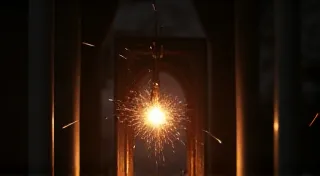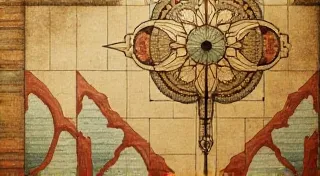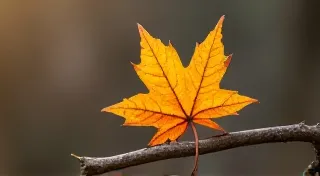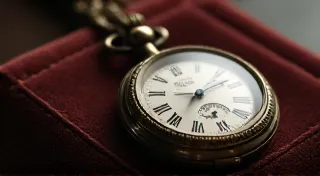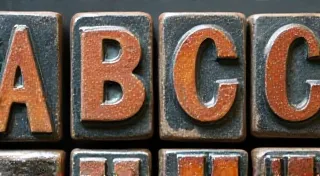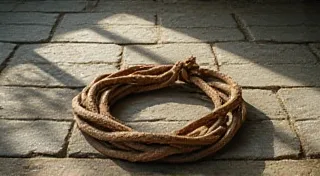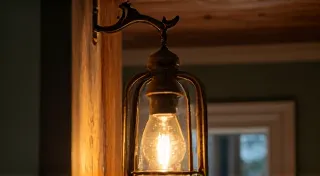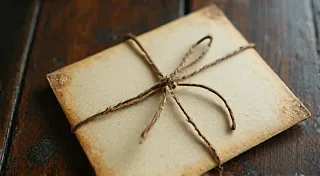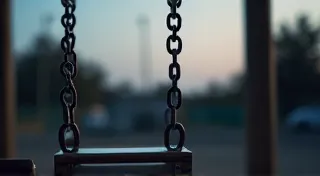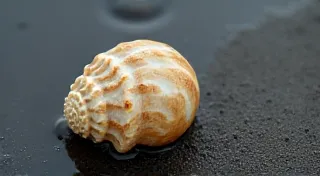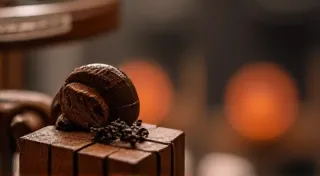Restoring Antique Typewriters: A Journey Through Time and Craft
Welcome! This website is dedicated to the fascinating world of antique typewriters - their restoration, their history, and the creative spirit they embody. Whether you're a seasoned collector, a budding writer seeking inspiration, or simply curious about these mechanical marvels, you've come to the right place. We offer tutorials, resources, and explorations into the art of typewriter restoration, blending technical expertise with a deep appreciation for their enduring legacy.
The Enduring Allure of the Manual Machine
In our digital age, the rhythmic clatter of a manual typewriter might seem like a relic of the past. But for many, it represents a tangible connection to a slower, more deliberate way of writing. The process of composing on a typewriter demands focus and intention, fostering a unique relationship between writer and machine. The simple act of striking a key, the satisfying *thunk* as the letter imprints on the page – these sensations are profoundly different from the sterile click of a keyboard. This site dives deep into all aspects of these machines, even offering insights into the way the unique sounds can influence your prose - see our article The Cadence of Clatter: How Typewriter Sound Influences Prose.
Beyond the writing experience, antique typewriters represent a significant chapter in technological and cultural history. They were instrumental in shaping journalism, literature, and communication itself. Many iconic works were penned on these machines, imbued with the character and nuance of their mechanical counterparts. Understanding their evolution reveals much about our own.
Restoration: Bringing History Back to Life
Typewriter restoration is a labor of love – a process of carefully dismantling, cleaning, repairing, and reassembling these intricate mechanisms. It's a skill that combines mechanical aptitude with an appreciation for historical detail. It's more than just fixing a machine; it's preserving a piece of history, allowing future generations to experience the magic of manual writing.
Our site offers a wealth of information for restorers of all levels. Beginners will find guidance on basic cleaning and lubrication, while experienced enthusiasts can delve into more complex repairs. We examine the intricate details, like the complexities of understanding the evolution of typewriter layout – a topic we explore in depth in The Cartographer of Keys: Mapping the Evolution of Typewriter Layouts. We also address critical issues, such as understanding the degradation of ribbons and how to preserve them – see our piece on The Cartridge's Lament: Understanding Ribbon Degradation and Preservation.
Delving into the History and Mechanics
The story of the typewriter is intertwined with the history of innovation and design. From the early experiments to the iconic models that defined an era, each machine tells a unique story. We’re fascinated by how manufacturers subtly, and sometimes radically, altered designs and functionality. This site explores the evolution of the machines, including the impact of the Remington and its influence. Explore the deep dive into this in The Legacy of the League: Understanding the Remington and its Influence.
Understanding the nuances of typewriter markings and identifying manufacturing details is a crucial element of both restoration and collecting. We’ve created a comprehensive guide to deciphering these markings, outlined in The Taxonomy of Keys: Deciphering the Language of Typewriter Markings. It’s amazing how these markings can pinpoint a machine’s origin, production date, and even potential historical significance.
Dating antique typewriters can feel like detective work! Scrutinizing manufacturing details is essential. Our guide, The Chronometer's Whisper: Dating Antique Typewriters Through Manufacturing Details, provides a framework for piecing together these clues.
The Art of Repair: Troubleshooting Common Issues
Even with meticulous care, antique typewriters can encounter problems. Jams, sticking keys, and mechanical failures are inevitable. Our troubleshooting section offers practical advice for diagnosing and resolving common issues. The Frozen Dialogue: Troubleshooting Common Typewriter Jam and Sticking Issues is your starting point for getting your machine working smoothly.
One of the more daunting tasks for new restorers is taking apart the machines. The Labyrinth of Springs: A Beginner's Guide to Typewriter Disassembly provides a helpful introduction to this task.
The Beauty of Typeface: A Visual Legacy
Beyond the mechanics, the visual character of a typewriter is equally important. The font, or typeface, defines the aesthetic of the printed text. Our exploration of The Font’s Forgotten Form: Understanding Typeface Evolution on Antique Machines shows how these fonts have evolved alongside the machines themselves, shaping the look and feel of written communication.
More Than Machines: A Creative Resonance
For many writers, an antique typewriter is more than just a tool; it's a source of inspiration. The tactile experience, the sound, the visual appeal – all contribute to a unique creative atmosphere. We believe these machines can subtly influence prose in a profoundly meaningful way.
Exploring the psychological impact of using a manual machine is fascinating. We’re captivated by the way the machine subtly impacts one’s writing style and creative process. The topic is covered in The Page's Echo: Exploring the Psychological Impact of Using a Manual Machine.
It's also captivating to consider the residual creativity of past writers who's hands graced these machines. Our page The Ghost in the Gears: Exploring the Residual Creativity of Past Writers explores these possibilities.
Preserving the Art: A Delicate Balance
Many antique typewriters have been used to create beautiful artwork, from simple monograms to elaborate illustrations. Preserving this artwork requires careful attention to technique and materials. Our piece, The Ink's Ephemeral Embrace: Techniques for Preserving Typewriter Art, provides guidance on ensuring that these artistic treasures endure.
Combining the artistry of typewriter art with traditional writing techniques is a truly unique expression. See our guide, The Inkstone's Reflection: Combining Typewriter Art with Traditional Writing Techniques.
Collecting and Sourcing Parts: A Collector's Journey
For those seeking to expand their collections, sourcing original parts can be a significant challenge. We explore the art of part sourcing in our article, The Keysmith's Reverie: Mastering the Art of Typewriter Part Sourcing. It's a pursuit that requires patience, resourcefulness, and a deep understanding of typewriter anatomy.
The Musicality of Mechanics
The sounds of a typewriter – the clickety-clack, the ding, the whir – have a unique musicality. We offer a musical exploration of antique mechanisms in The Typewriter’s Aria: A Musical Exploration of Antique Mechanisms, showcasing the beauty of these mechanical sounds.
Unearthing Stories: A Legacy in Keys
Sometimes, antique typewriters are found in abandoned collections, containing untold stories. Our piece, The Manuscript's Ghost: Uncovering Stories from Abandoned Typewriter Collections, delves into the captivating world of forgotten narratives hidden within these machines.
Even damaged mechanisms hold secrets. Sometimes, The Silent Chorus: Finding Stories Within Damaged Typewriter Mechanisms reveals profound insights, revealing a history of use and a narrative of its own.
A Deeper Dive: Model-Specific Legacies
Each model of typewriter has its own unique history and legacy. For example, we explore the specific characteristics and impact of a single model in depth at The Typographical Constellation: Mapping the Legacy of a Single Model.
